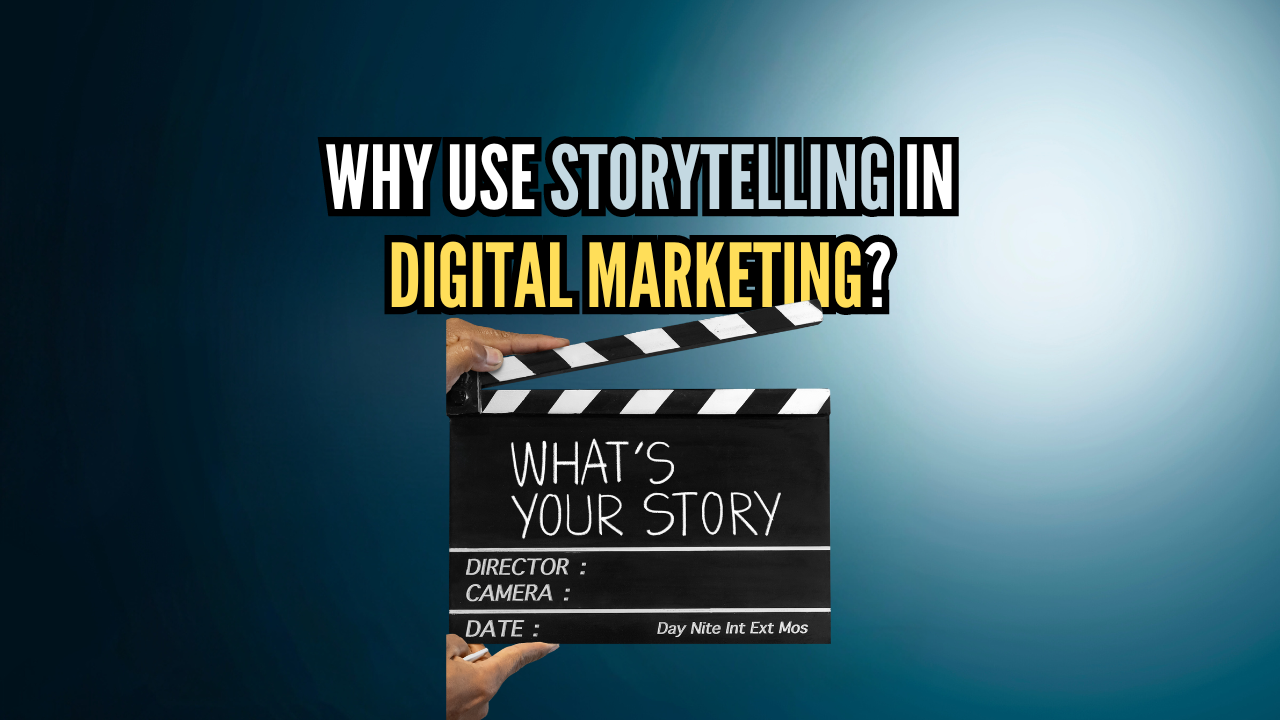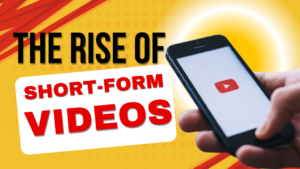
Have you ever heard of storytelling, the art of telling stories? This communication technique is regularly employed in marketing to attract and retain customers. Discover its relevance in your digital strategy and our tips for using it effectively.
What is storytelling?
Storytelling is an English term used in content marketing. It means “telling a story.” This technique involves narrating a story to promote a product or brand by appealing to the emotions of the target audience.
This narrative communication takes various forms: oral, written, or through imagery. Some brands use videos, text, podcasts, or speeches to attract customers, retain them, and sell their products.
What is the importance of storytelling in your digital content strategy?
Building a brand image
By utilizing storytelling, you create a narrative around your product and brand. It’s an opportunity to share your values, history, and ideas. Prospects can identify with your company. This technique helps you develop a strong brand image that positively impacts your visibility and reputation.
Attracting and retaining customers
Narrative communication has a powerful emotional impact. Telling stories grabs your prospects’ attention, evokes feelings, and captivates them. Customers will develop trust and connect with your product and brand. The ultimate goal is to establish a lasting relationship and build customer loyalty.
Setting yourself apart from competitors
Through storytelling, you create a unique identity. You share an original story, whether real or fictional, and differentiate yourself from direct competitors. These stories are an opportunity to better engage with your prospects and positively stand out.
How to Produce Effective Storytelling?
Define Your Audience
Firstly, define your audience. Who do you want to address with your message? This is what we call a persona. Define these target individuals: their age, gender, profession, expectations, desires, habits, etc. Once you’ve identified the specific people you’re targeting, you can choose stories that will evoke emotions in them and foster their loyalty.
Choose Your Communication Platforms
Several channels are available for effective communication. However, you’ll need to tailor your storytelling to the platforms you and your target audience are using.
Website
Your website is your storefront, making it one of the best places for storytelling. The “About” page is particularly suitable for this technique. Present your history, projects, values, and team. Highlight your uniqueness, your identity, to distinguish yourself from your competitors.
Prospects will get to know you, and you’ll establish a bond of trust. If they resonate with your content and beliefs, you’ll have a better chance of retaining your clientele.
Blog
Your blog is also an ideal space for narrative communication. Write blog articles using this method. Talk about current events, your daily life, your experiences. Readers will more easily identify with your brand when you use concrete facts.
Social Media
You can employ storytelling on social media platforms like Facebook, Instagram, LinkedIn, or TikTok, based on your target audience and business activity.
Using social media helps build customer loyalty and gives you more visibility, but you’ll need to adapt your narrative to each platform.
Read also: What is the best social media platform?
Newsletter
The newsletter is an email sent to your subscribers to inform them about updates and promote certain products. Its aim is to strengthen your relationship with customers and retain them.
Want to avoid your emails ending up in the trash? Enhance your newsletter with storytelling to recapture the attention of these consumers and generate traffic to your website and blog.
Identify the Message to Convey
Having found your target audience, it’s time to choose the story to tell. This is the message you want to convey. Your text should always reflect the values and identity of your company. Customers will relate to your brand and embrace your products.
Choose a simple, impactful, and understandable story. If you want to grab your readers’ attention, your content should be memorable and effective. Therefore, get to the essence of the story but leave room for imagination to engage your reader actively. Keep your goal in mind: what information do you want to share?
Choose the Type of Narrative
Once you’ve found the message to convey, consider how to communicate it effectively. There are different ways to tell stories. Here are three examples:
The Novelistic Narrative
With a novelistic narrative, create a story from scratch to convey your message.
Do you have a vivid imagination? Invent characters and craft a narrative structure:
- Initial Situation: Set the scene and introduce the characters Inciting.
- Incident: This is the problem that starts the action.
- Complications: Narrate the adventures of your characters to solve the problem.
- Resolution: Describe the solution to the problem.
- Final Situation: Conclude your story by returning to a more or less stable situation, considering the previous actions.
The Historical
Account Turn to a more factual narrative. Tell the story of your company, your journey, in the form of a history.
In other words, explain chronologically the different stages that allowed your company to be what it is today. This demonstrates to your prospects that you have experience in your field, even if it’s minimal.
Testimonial
You can convey your message in the form of a testimonial. In this type of narrative, you tell an episode from your life. You can also narrate the story of one of your clients.
The success story is a particularly interesting testimonial as it aims to recount a successful experience. This type of narrative has a positive impact on your audience. It aims to instill a certain attitude or action in your audience to lead them to success.
Adapt the Tone
Your narrative should evoke strong emotions in your prospects. Rely on the identity of your audience to find the right emotion to share. There are numerous possibilities: joy, humor, compassion, sadness, etc. Choose an emotion that aligns with your values and the message you want to convey.
The tone adopted in your text will transmit the right emotion at the right moment. If you want to convey trust or joy, use a warm tone. Do you want to make your customers laugh? Opt for a humorous tone. Do you want to evoke compassion or sadness? Use a more serious, even poignant tone.
Beware of Plagiarism
Your text must be original. Plagiarism is prohibited. Find a story that is unique to you and will provide your readers with a unique experience. By doing so, you’ll also manage to differentiate yourself from your competitors.
Combine Storytelling and SEO
Storytelling appeals to readers. But how do you make your stories visible on search engines? Optimize your text through Search Engine Optimization (SEO).
SEO comprises techniques aimed at improving your website’s visibility on search engines and attracting quality traffic. In other words, it’s what enables your site to reach the top results when searched on Google.
In Conclusion
Storytelling is a valuable ally for developing your brand image, finding new customers, retaining them, and setting yourself apart from competitors. Coupled with Search Engine Optimization (SEO), it will also improve your visibility on search engines.





